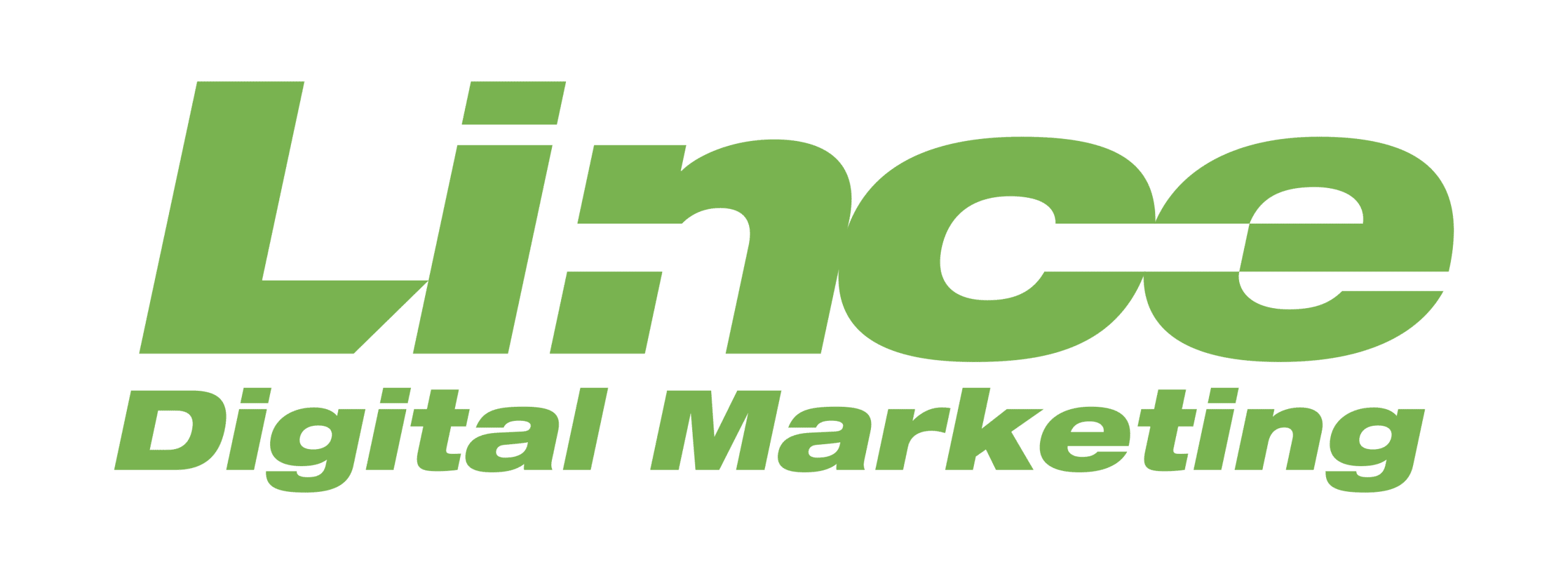Essential Website Usability Tips: 10 Expert Suggestions for Optimal User Experience
Welcome to the world of web design, where usability reigns supreme! In this fast-paced digital landscape, having a website that looks visually appealing and provides an optimal user experience is crucial. After all, what good is a stunning design if users struggle to navigate and interact with your site?
That’s why website usability should be in every web designer’s mind. It’s all about creating intuitive, user-friendly, and enjoyable sites to explore. But how exactly can you achieve this ideal level of usability? Fear not! We’ve gathered 10 expert tips to guide you toward crafting a seamless online experience for your visitors.
So grab your coding tools and be ready to unleash your inner UX guru as we delve into these essential website usability tips! Whether revamping an existing site or starting from scratch, these suggestions will help ensure that every click, scroll, and interaction on your website feels like a breeze. Let’s dive in!
The Importance of Website Usability
In today’s digital landscape, where users’ attention spans are becoming shorter by the minute, website usability has never been more important. It’s not just about creating a visually appealing design anymore; it’s about providing an optimal user experience that keeps visitors engaged and encourages them to explore further.
Think about it – when was the last time you stumbled upon a website that looked amazing but frustrated you because you couldn’t find what you were looking for? You quickly clicked away and moved on to another site that offered a smoother browsing experience. This highlights the vital role of website usability in capturing and retaining your audience.
But why does usability matter so much? Well, it directly impacts conversion rates and customer satisfaction. A well-designed and easy-to-navigate site reduces friction for users, making it more likely for them to complete desired actions, such as signing up for newsletters or making purchases. On the other hand, poor usability can lead to high bounce rates, missed opportunities, and negative brand perception.
Moreover, search engines like Google also consider factors related to website usability when determining rankings. Websites that provide positive user experiences rank higher in search results than those with confusing navigation or slow loading times.
So, if you want your website to stand out from the crowd and drive meaningful engagement with your target audience, investing in usability is non-negotiable. By prioritizing intuitive navigation, responsive design across devices, fast loading speeds, clear calls-to-action (CTAs), and accessible content structure – among others – you’re setting yourself up for success in this competitive online realm.
Remember: Your users should always be at the forefront of your mind when designing websites. By focusing on their needs and expectations through thoughtful consideration of every aspect related to usability (from layout design down to font choices), You’ll create an immersive digital journey they will remember! So, let’s dive into these expert tips and optimize your website’s usability today.
10 Expert Tips for Optimal User Experience
When it comes to your website, usability is key. You want to create an optimal user experience that keeps visitors engaged and encourages them to explore further. To help you achieve this goal, we’ve gathered 10 expert tips that will improve the usability of your website.
1. Simplify navigation: Make it easy for users to find what they want by organizing your menu logically and intuitively.
2. Use clear and concise language: Avoid jargon and technical terms that may confuse or alienate your audience. Keep your content straightforward and easy to understand.
3. Optimize page load speed: Slow-loading pages can frustrate users and cause them to leave before seeing your content. Compress images, minimize scripts, and choose a reliable hosting provider.
4. Ensure mobile responsiveness: With more people accessing websites through their smartphones, it’s crucial that your site looks great on all devices.
5. Prioritize readability: Choose fonts, colors, and layouts that are easy on the eyes. Break up text with headings, subheadings, bullet points, and white space.
6. Include search functionality: A search bar lets users quickly find specific information within your site without navigating multiple pages.
7. Implement clear calls-to-action (CTAs): Guide users toward desired actions, such as signing up for a newsletter or purchasing, using compelling CTAs placed strategically throughout your site.
8. Minimize form fields: Lengthy forms can deter users from completing them or lead to errors due to fatigue or confusion – only ask for essential information.
9. Personalize the experience: Tailor content based on user preferences or behavior patterns and tailor each visit to them specifically.
10. Test continuously: Regularly monitor user interactions with heatmaps, analytics tools, etc., to identify pain points & areas of improvement.
By implementing these expert tips into the design of your website, you’ll enhance its usability and create a positive user experience.
Applying the Tips to Your Website
Now that you have learned about the importance of website usability and received expert tips for optimal user experience, it’s time to implement these suggestions on your website. By implementing these strategies, you can enhance your website’s usability and create a seamless browsing experience for your visitors.
Start by optimizing your navigation menu. Make sure it is clear, intuitive, and easy to navigate. Logically organize your content so users can find what they are looking for without hassle. Consider adding drop-down menus or search bars to facilitate navigation further.
Another crucial aspect is ensuring that your website loads quickly. Users have short attention spans and will quickly abandon a site if it takes too long to load. Compress images, minimize HTTP requests, and use caching techniques to speed up loading times.
Additionally, pay attention to the layout and design of your web pages. Keep them clean and clutter-free with ample white space. Use fonts that are legible across different devices and screen sizes.
Moreover, ensure all forms on your website are easy to fill by minimizing required fields and using clear instructions. Test them regularly to ensure they function properly.
Last but certainly not least, optimize your website for mobile devices and desktops. With more people accessing websites from their smartphones or tablets than ever, a responsive design is essential for providing an enjoyable user experience.
Applying these tips effectively throughout your website can greatly improve its usability and enhance the overall user experience for visitors from all walks of life.
Measuring the Results of Improved Usability
Now that you have implemented these expert tips for optimal user experience on your website, it’s time to measure the results. After all, how can you know your efforts are paying off unless you track and analyze the data?
One way to gauge improved usability is through analytics tools. These tools provide valuable insights into user behavior, such as how long they stay on each page, where they click most frequently, and even which elements of your design attract their attention.
By monitoring these metrics regularly, you can identify areas where users may be experiencing difficulties or confusion. This information allows you to make targeted improvements that will enhance the overall usability of your site.
Another effective method for measuring improved usability is through A/B testing. This involves creating two versions of a webpage with slight variations in design or layout and directing an equal number of visitors to each version. By comparing the performance metrics between the two versions, you can determine which design elements or changes result in better user engagement.
Usability testing with real users is also crucial in evaluating whether your website effectively meets their needs and expectations. Observing how users navigate your site and capturing feedback provides invaluable insights into areas requiring further optimization.
Remember that improving website usability is an ongoing process. Regularly reviewing and analyzing data allows you to fine-tune your website’s design and functionality based on real-time user feedback.
So don’t just implement these expert tips unthinkingly; take advantage of available measurement tools to ensure that every change improves usability while aligning with your business goals.
Conclusion
In this digital age, having a well-designed and user-friendly website is crucial for businesses to thrive online. Website usability plays a pivotal role in providing visitors with an optimal user experience, which can lead to increased engagement, conversions, and customer satisfaction.
To ensure your website meets the highest standards of usability, keep these expert tips in mind:
1. Simplify Navigation: Make it easy for users to find what they’re looking for by organizing your navigation menu logically and using clear labels.
2. Optimize Page Load Speed: Slow loading times can frustrate users and cause them to leave your site. Compress images, minify code, and use caching techniques to improve page speed.
3. Implement Responsive Design: With more people accessing websites on mobile devices than ever before, it’s essential that your site is responsive and adapts seamlessly across different screen sizes.
4. Prioritize Content Readability: Use legible fonts, appropriate font sizes, proper line spacing, and contrast between text and background colors to enhance readability.
5. Utilize White Space Effectively: Give elements room to breathe by incorporating ample white space into your design. This helps reduce visual clutter and improves overall comprehension.
6. Include Clear Call-to-Actions (CTAs): Guide users towards desired actions by using prominent CTAs that are easily distinguishable from other elements on the page.
7. Optimize Forms: Streamline form completion by keeping fields minimalistic and only asking for necessary information; also consider implementing autofill functionality for convenience.
8. Ensure Consistent Branding: Maintain consistency throughout your website using consistent branding elements across all pages, such as logos, color schemes, and typography styles.
9. Personalize User Experience: Tailor the content based on user preferences or behavior patterns; this creates a personalized experience that resonates with individual visitors
10. Gather User Feedback: Continuously seek user feedback through surveys or analytics tools; their insights can help identify areas for improvement and enhance usability.
By applying these expert suggestions – and monitoring website usability metrics regularly – you can ensure that your website is easy to navigate, fast to load, and effective in meeting the needs and expectations of your visitors.















